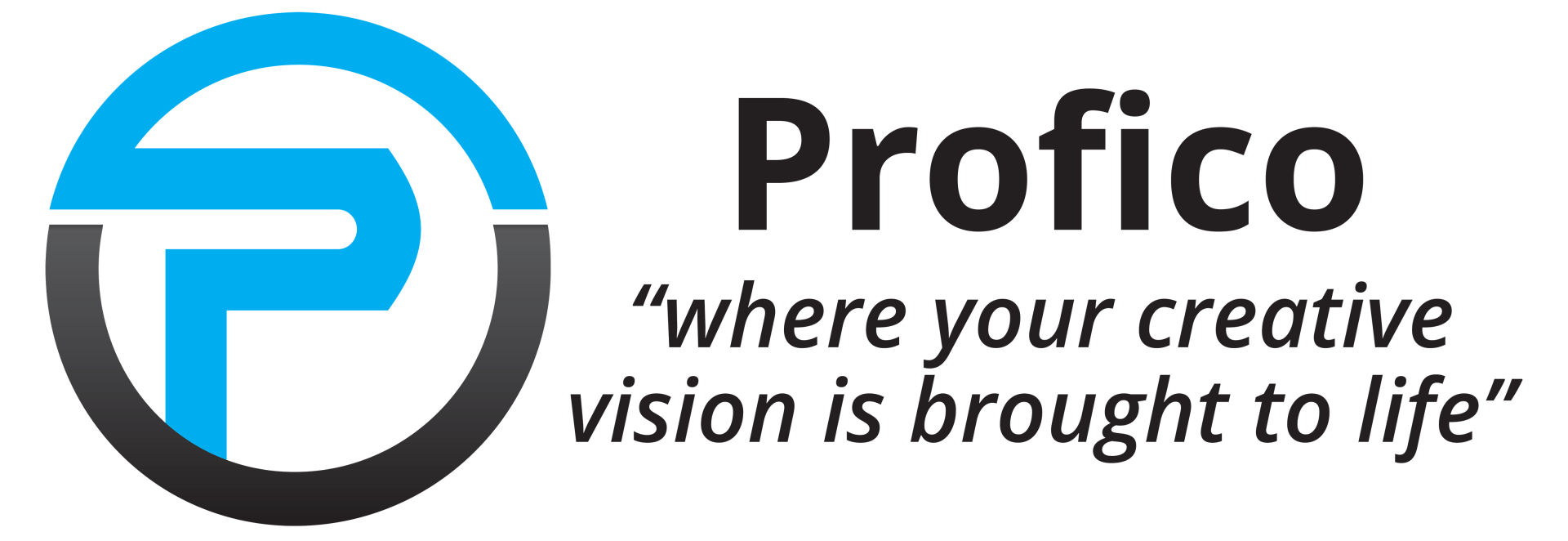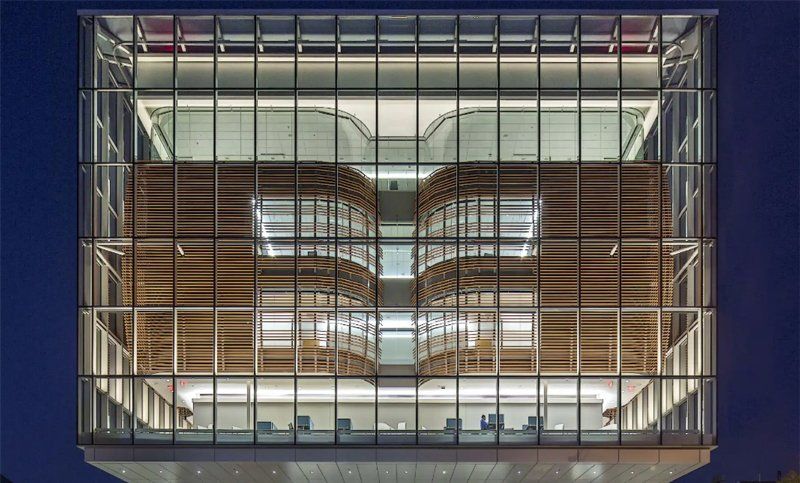In the realm of fine art, the choice of canvas is paramount for a master painter. Typically, a linen canvas is preferred over cotton, as it best captures and enhances the artist's true vision.
Similarly, in the realm of glass manufacturers have made significant advancements in various aspects, such as energy efficiency. However, there still exists a significant disparity in how glass manufacturers address clarity and light transmission.
This brings us to the distinction between conventional clear glass and low-iron (Extra Clear or Crystal Clear) glass.
Less Green, More Clarity
The analogy of cotton and linen canvas finds resonance in discussions about glass. While conventional "clear" glass is undoubtedly of good quality, it pales in comparison to the superior clarity offered by low-iron (Extra Clear) glass, which boasts a remarkable 87 percent reduction in green tint and an impressive 91 VLT (visible light transmission) rating.
Interestingly, there is no standardized specification criteria for "clear" glass within the industry, leading to significant variations in clarity between different batches and manufacturers.
Given these factors, it's no surprise that low-iron (Crystal Clear) glass has become the preferred choice for both interior and exterior applications in a wide range of iconic structures worldwide. Notable examples include the Amazon Spheres, Bullitt Center, Fallingwater, Calgary Central Library, UCSD Jacobs Medical Center, and numerous other projects.
Extreme Neutrality as Aesthetic
Throughout history, the exceptional purity of low-iron (Extra Clear Glass) glasses has been highly valued for their ability to step back from the spotlight, quite literally, and showcase natural daylight and exterior views. Scott W. Perkins, the director of preservation and collections for Fallingwater, notes, "The clarity of the glass allows for it to appear invisible, a feature [Frank Lloyd] Wright admired." Indeed, Wright himself specified one of the pioneering low-iron glasses in his original design for his iconic house.
However, the extreme neutrality of low-iron glass (Crystal Clear Glass) is now increasingly sought after for decorative interior design applications as well. Its minimal green tint and pristine clarity serve as an ideal neutral canvas for dynamic patterns, vibrant designs, and more.
Bernard Lax, the founder and head of Pulp Studio, a highly regarded decorative glass fabricator, echoes this sentiment. Lax mentions that his team always opts for low-iron glass "for projects where the aesthetic is the driving force to maintain color neutrality."
The right glass can add fantastic color fidelity to decorative treatments.
Five Decorative Applications
Low-iron glass is increasingly being specified for a wide range of decorative applications, including features such as doors and partitions, stairs and handrails, shower and bath enclosures, kitchens and backsplashes, security cases and displays, entrances and storefronts, and any other area where maximum color fidelity is essential for enhancing artistry. Starphire Ultra-Clear® Glass by Vitro Architectural Glass stands out as the industry standard design for low-iron glass, distinguished by its characteristic blue beveled edge and proprietary low-iron formula.
In addition to low-iron glass, several other innovative glass technologies are making waves in the design industry:
- Dichroic Glass: This glass produces brilliant color shifts and movement within a single lite of glass, creating a stunning visual effect. It is often enhanced by using textured glass or muted with acid-etching, and known for its chameleon-like color effects, where the glass’s transmitted and reflected colors can appear different.
- Digital Ceramic Printing on glass: This technique allows for the direct printing of images onto glass, enabling virtually any full-color design to be printed on low-iron glass.
- Acid-Etched Glass: Offering a frosted appearance, acid-etched glass diffuses transmitted light and reduces glare, making it ideal for various applications such as dividing walls, office partitions, shower enclosures, and more. It is also frequently used for artistic patterns and in bird-friendly glass designs.
- Ceramic Frit: This permanent, opaque coating is fired into the glass and can range from simple shapes to intricate designs. Ceramic frit is commonly used in spandrel glass applications.
- Other Applications: Polished edge glass and laminated glass with tinted or patterned polyvinyl butyral interlayers provide additional decorative options for various design needs.
When a project demands a superior canvas of glass for dynamic design ideas, low-iron glass should be a primary consideration. Requesting a sample of patented Starphire Ultra-Clear® Glass allows one to experience the difference firsthand.








